Fossil hunting along rivers combines the thrill of discovery with the beauty of flowing water and natural landscapes. Rivers naturally expose sedimentary rocks and wash fossils from their banks, making them perfect hunting grounds for amateur paleontologists and curious adventurers alike. The constant movement of water acts like nature’s own excavation tool, uncover treasures hidden for millions of years.
Here is a list of 20 scenic rivers where you can search for fossils while enjoying some of America’s most beautiful waterways.
Green River, Wyoming

The Green River cuts through ancient lake beds that preserve some of the world’s finest fish fossils from 50 million years ago. You’ll find perfectly preserved specimens of Knightia and Diplomystus, complete with scales and fins intact.
The exposed rock layers along the riverbanks make collecting relatively easy, and the Wyoming landscape provides a stunning backdrop for your fossil hunting adventure.
Peace River, Florida

This blackwater river flows through phosphate-rich sediments, making it a hotspot for shark teeth and marine fossils. The dark water contrasts beautifully with white sandbars and shallow beds, where fossils often surface after heavy rains.
Collectors regularly find teeth from extinct megalodons, along with ray barbs, whale bones, and even occasional mammoth teeth.
Like Travel Pug’s content? Follow us on MSN.
Potomac River, Maryland

The tidal sections of the Potomac reveal Miocene-era marine fossils along muddy beaches and tributary creeks. Shark teeth from species like the giant mako and tiger shark turn up frequently after storms.
The river’s proximity to Washington, D.C., makes it an accessible spot for urban fossil hunters looking for a quick escape into natural history.
Buffalo River, Arkansas

This National Wild and Scenic River cuts through limestone bluffs packed with Paleozoic marine life from ancient shallow seas. Crinoid stems, brachiopods, and horn corals weather out of the rock faces naturally.
The crystal-clear water and towering bluffs create some of Arkansas’s most photographed scenery, making fossil hunting here feel like a wilderness expedition.
Paluxy River, Texas
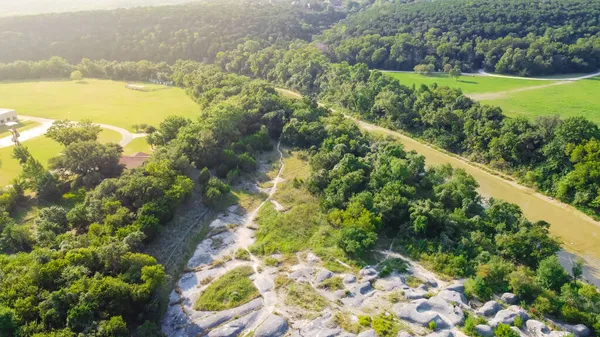
Famous for dinosaur tracks preserved in its limestone bed, the Paluxy also yields actual dinosaur fossils and teeth. When water levels drop, you can walk directly on 100-million-year-old surfaces where giants once roamed.
The river runs through Glen Rose, where local museums help identify your finds and share the area’s incredible prehistoric story.
Like Travel Pug’s content? Follow us on MSN.
Calvert Cliffs Tributaries, Maryland
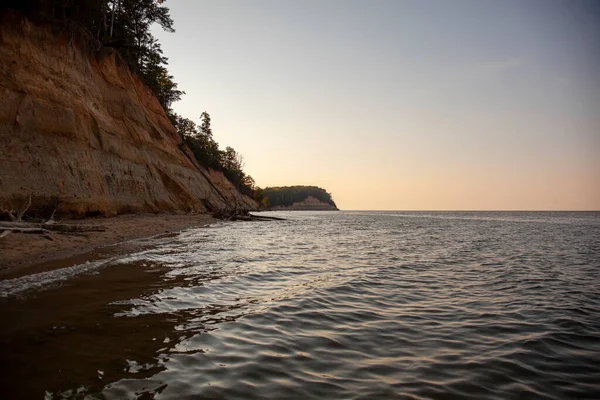
Small creeks feeding into the Chesapeake Bay expose 15-million-year-old marine fossils from the Miocene epoch. The eroding cliffs constantly release new specimens, including shark teeth, whale bones, and ray plates.
These peaceful woodland streams offer a quieter alternative to beach collecting, with the bonus of exploring Maryland’s scenic coastal plain forests.
Missouri River, Montana
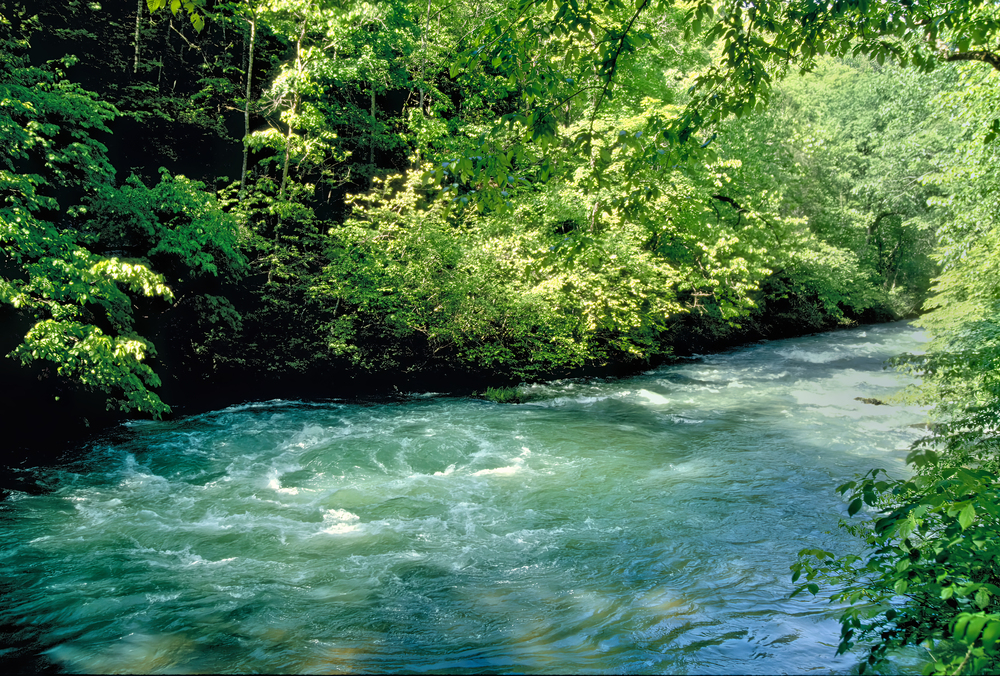
The upper Missouri cuts through the famous Hell Creek Formation, source of some of North America’s most significant dinosaur discoveries. While major fossils require permits, surface hunting along public access points can yield small teeth, bone fragments, and petrified wood.
The vast Montana sky and rolling plains create an authentic frontier atmosphere for your fossil expedition.
Conecuh River, Alabama

This meandering coastal plain river exposes Eocene marine deposits rich in shark teeth and other marine fossils. The slow-moving water and sandy bottoms make wading easy and safe for families.
Local fossil clubs often organize group hunts here, sharing knowledge about the best techniques and most productive spots along the 100-mile-long waterway.
Like Travel Pug’s content? Follow us on MSN.
Trinity River, Texas
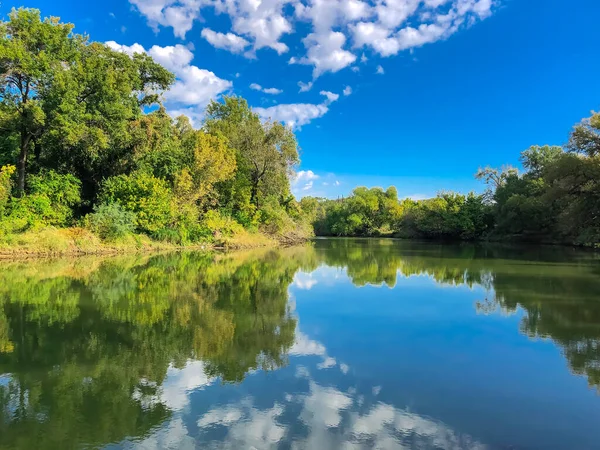
Multiple fossil-bearing formations intersect this major Texas waterway, offering everything from Cretaceous marine fossils to Pleistocene mammal remains. Different sections of the river expose different periods, so you can literally travel through geological time by moving upstream or downstream.
The diverse ecosystems along the Trinity also provide excellent wildlife viewing between fossil-hunting sessions.
Chattahoochee River, Georgia
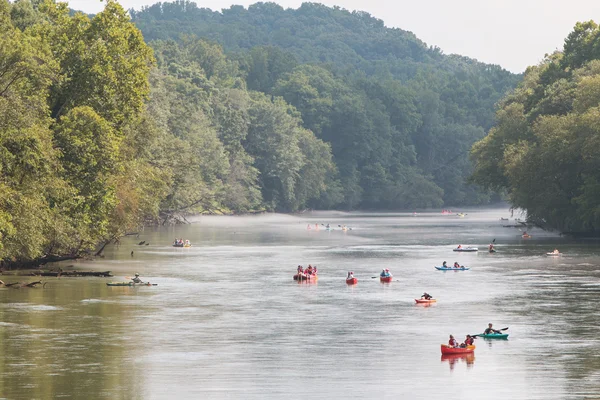
The lower reaches of this river system expose Miocene marine deposits filled with shark teeth and marine mammal bones. Shoals and gravel bars naturally concentrate fossils, making productive hunting spots easy to identify.
The river’s role as a boundary between Georgia and Alabama adds a bit of geographic intrigue to your collecting adventure.
Kentucky River, Kentucky

This winding river cuts through limestone formations loaded with marine fossils from ancient tropical seas. Brachiopods, crinoids, and trilobites weather out of the rock faces along the scenic Palisades region.
The combination of fossil hunting and Kentucky’s famous bourbon country makes this area popular with collectors looking for multiple types of spirits.
Like Travel Pug’s content? Follow us on MSN.
White River, South Dakota
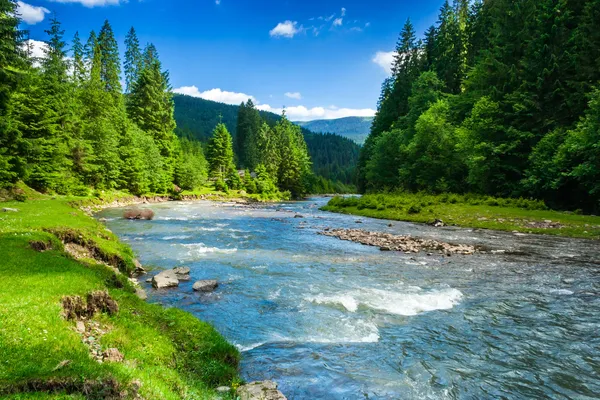
Flowing through the Badlands region, the White River exposes some of North America’s richest mammal fossil deposits. Oligocene formations here preserve ancient horses, camels, and saber-toothed cats that roamed the area 30 million years ago.
The stark beauty of the Badlands landscape makes every fossil find feel like a major archaeological discovery.
James River, Virginia

This historic river cuts through various geological formations, exposing everything from Triassic dinosaur tracks to Miocene marine fossils. Different sections offer different collecting opportunities, from the fall line rapids near Richmond to the tidal marshes near the Chesapeake Bay.
The river’s rich Civil War history adds cultural significance to your natural history exploration.
Tennessee River, Tennessee

The massive Tennessee River system, which runs 650 miles, exposes Paleozoic marine fossils. Crinoid gardens, brachiopod beds, and coral reefs from ancient seas regularly turn up along gravel bars and cut banks.
The network of lakes and tributaries created by TVA dams provides numerous access points for fossil hunting and water recreation.
Like Travel Pug’s content? Follow us on MSN.
Ohio River, Kentucky-Ohio Border

This major waterway exposes Ordovician and Devonian marine fossils along its banks, particularly near Louisville and Cincinnati. The famous Cincinnati arch brings ancient sea floor deposits to the surface, creating world-class collecting opportunities.
Barge traffic and industrial development mean choosing your collecting spots carefully, but the rewards include museum-quality specimens. Be cautious around active shipping areas and always check access regulations.
Yellowstone River, Montana
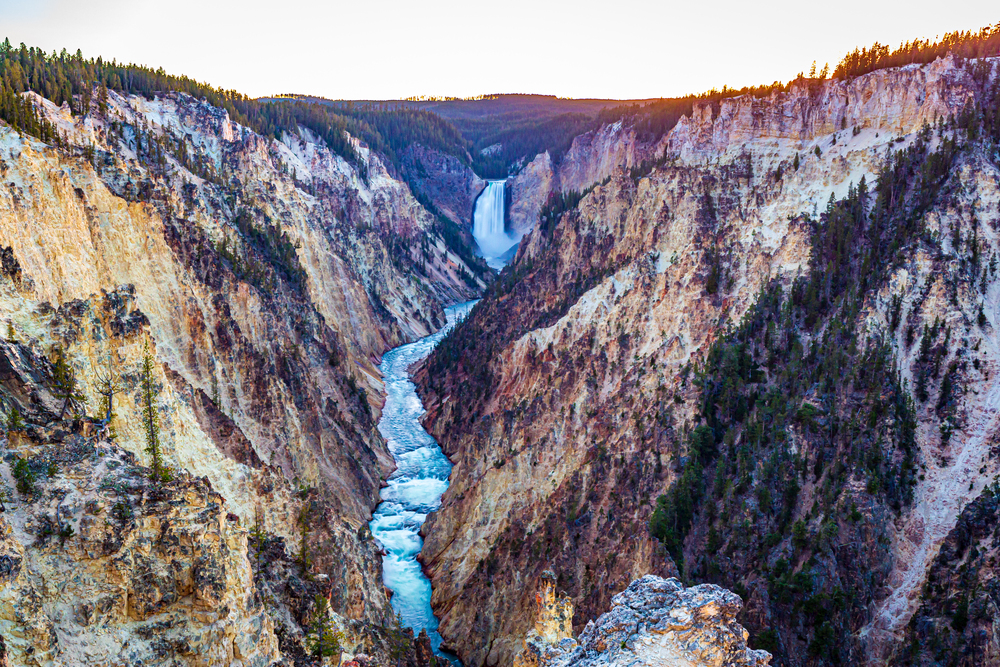
Montana’s longest free-flowing river cuts through multiple geological formations, exposing fossils from different periods along its 670-mile course. Petrified wood, marine invertebrates, and occasional dinosaur material turn up in gravel bars and cut banks.
The combination of fossil hunting and some of America’s most spectacular scenery makes this a bucket-list destination for collectors.
Snake River, Idaho

The Snake River plain exposes marine fossils from ancient seas and terrestrial fossils from more recent epochs. Along certain sections, Miocene horse teeth, camel bones, and petrified wood are common finds.
The dramatic canyon country and volcanic landscape create a unique collecting environment.
Like Travel Pug’s content? Follow us on MSN.
Colorado River, Utah
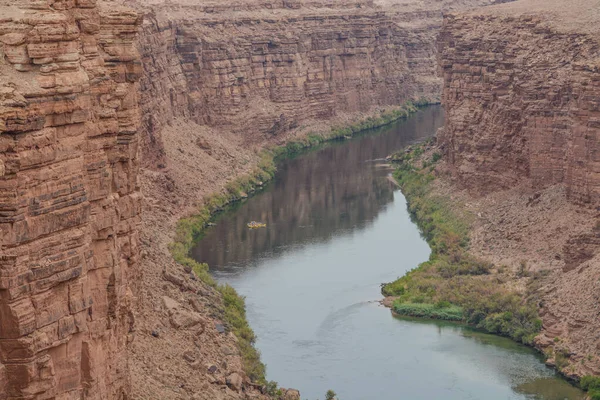
Before entering the Grand Canyon, the Colorado River cuts through fossil-rich formations in Utah’s red rock country. Triassic and Jurassic deposits yield dinosaur bones, petrified wood, and marine invertebrates.
The stunning desert scenery and accessible camping make this an ideal destination for extended fossil-hunting expeditions.
Susquehanna River, Pennsylvania
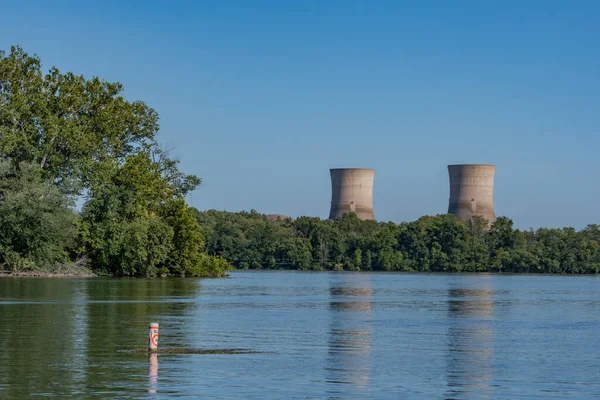
Pennsylvania’s longest river exposes Devonian marine fossils throughout its course, particularly in the northern sections. Brachiopods, crinoids, and trilobites are common finds along gravel bars and exposed bedrock.
The river’s role in American history, from Native American settlements to industrial development, adds cultural depth to your fossil collecting experience.
Delaware River, Pennsylvania-New Jersey Border
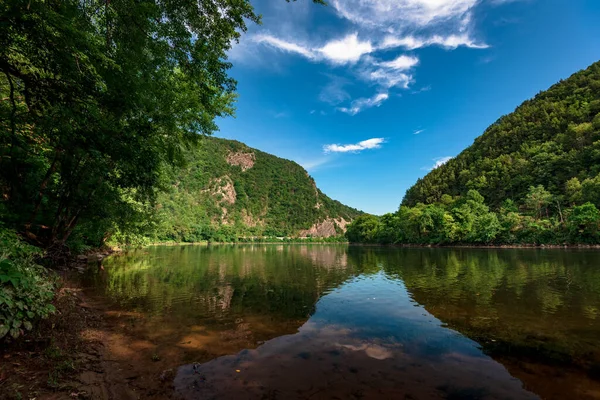
The tidal sections of the Delaware expose Cretaceous marine fossils, including shark teeth, ammonites, and marine reptile bones. The mixing of fresh and salt water creates unique collecting conditions, with different fossils appearing at different tide stages.
Urban access points near Philadelphia make this an easily accessible option for East Coast collectors.
Like Travel Pug’s content? Follow us on MSN.
Where Ancient Seas Meet Modern Streams
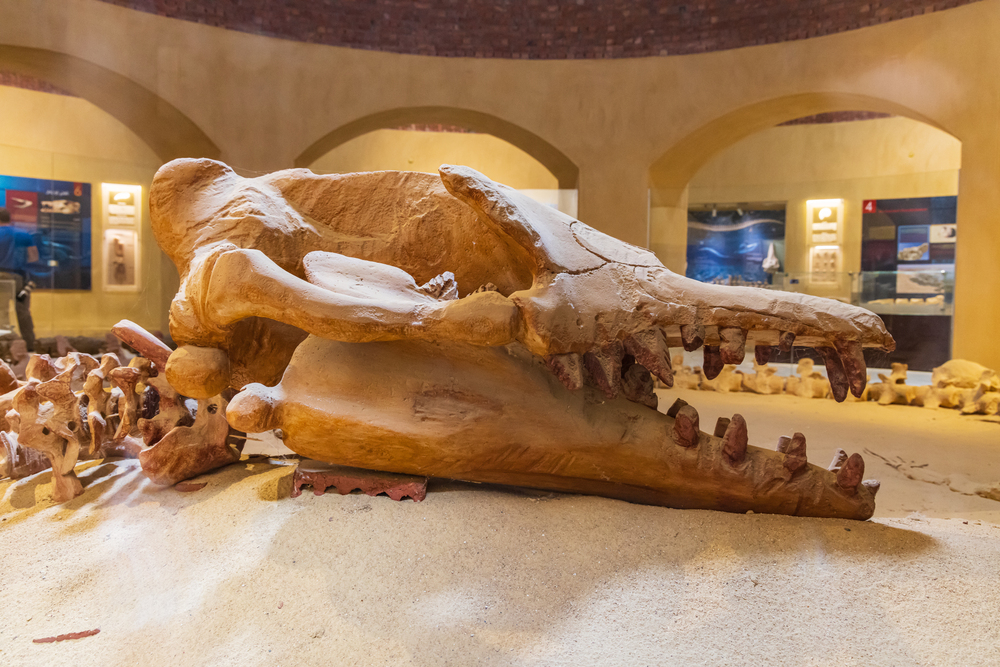
These 20 rivers represent more than just collecting opportunities – they’re windows into Earth’s deep history flowing through our present landscape. Each stream carries stories of ancient oceans, prehistoric forests, and vanished creatures, depositing their secrets along modern banks for us to discover.
The next time you’re near flowing water, remember that you might be walking past millions of years of history just waiting to be uncovered.
Like Travel Pug’s content? Follow us on MSN.
More from Travel Pug

- 20 Best Beach Towns in the Carolinas
- 13 Destinations Where Tourists Regularly Regret Their Trip
- 20 Destinations That Are More Magical Without an Itinerary
- 20 Underrated Adventures That Belong on Your Travel List
- 20 Cities Where You Should Just Wing It, No Planning Required
Like Travel Pug’s content? Follow us on MSN.
